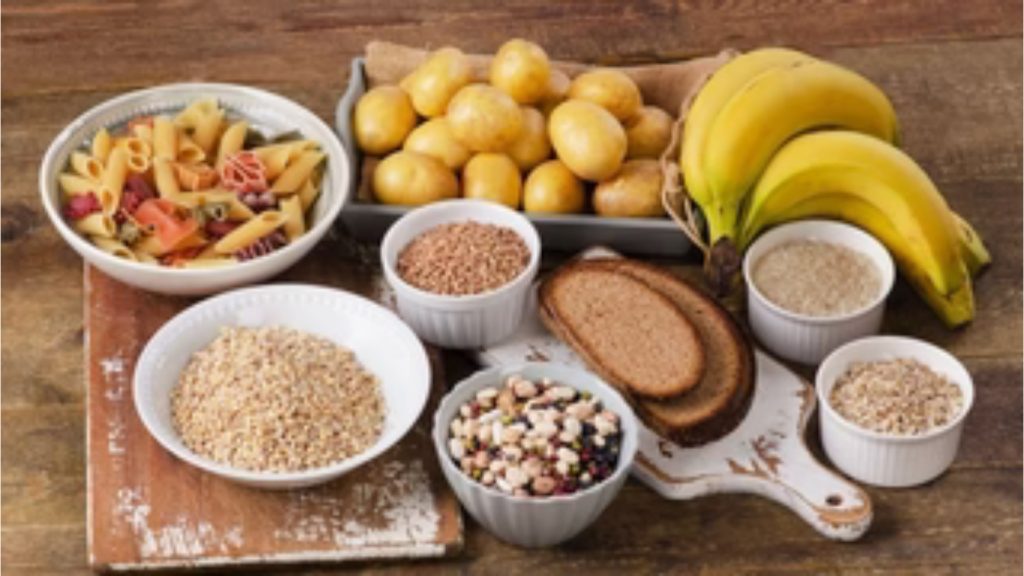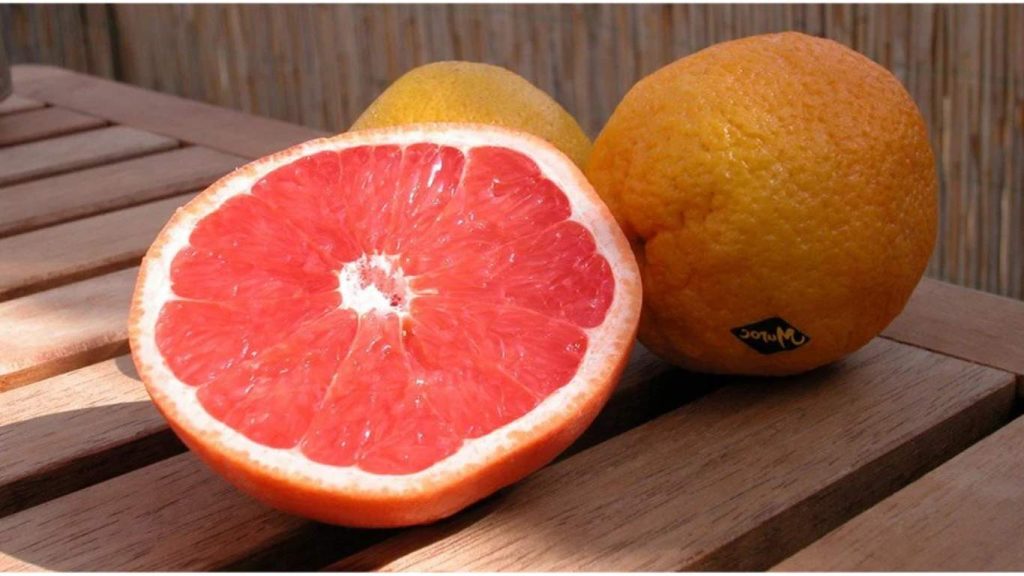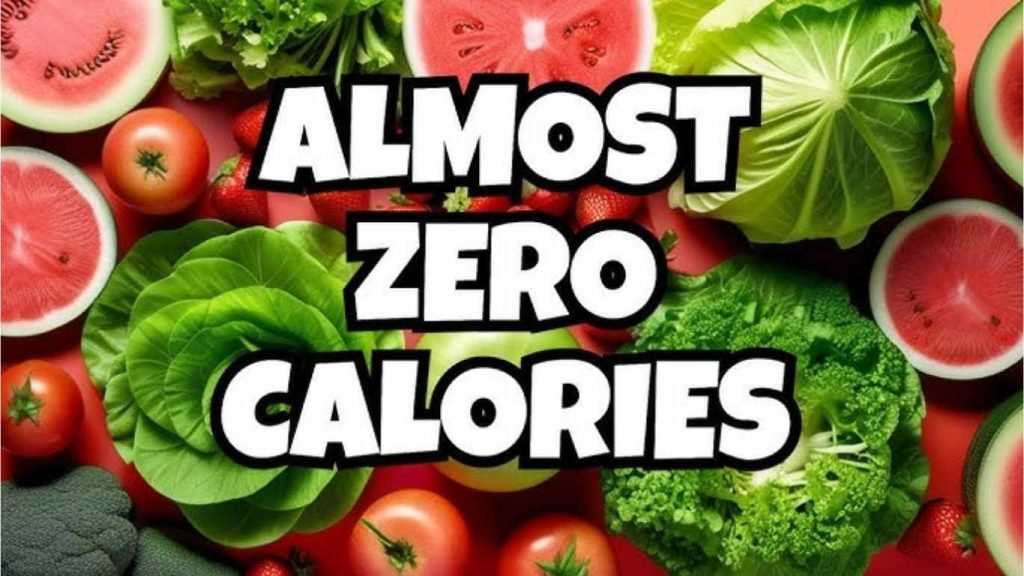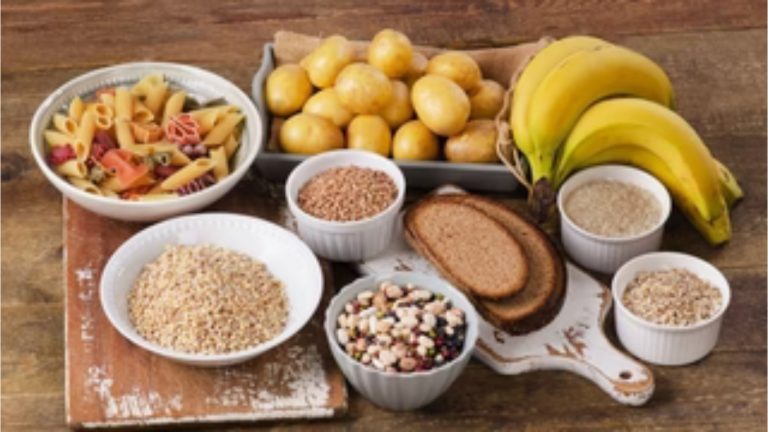Meta Description
Discover a variety of low-calorie foods that promote healthy eating, weight management, and better nutrition. Explore a variety of fruits, vegetables, lean proteins, and more to enjoy delicious meals while staying fit and energized.
In the pursuit of healthier eating habits and weight management, the concept of “low-calorie foods” has garnered considerable attention. Whether you’re trying to lose weight, maintain a healthy lifestyle, or make better food choices, understanding which foods are low in calories can help you make more informed decisions about your diet. This article examines the benefits of low-calorie foods and offers a list of examples to help you incorporate them into your daily meals.

What Are Low-Calorie Foods?
Low-calorie foods are those that provide fewer calories per serving. Typically, foods with fewer than 50 calories per serving are considered low-calorie. These foods often come with additional health benefits, including higher nutrient density, meaning they provide essential vitamins, minerals, and fiber without the added calories. Low-calorie foods can play a crucial role in helping you feel full and satisfied while consuming fewer calories, leading to weight management or weight loss over time.
Why Choose Low-Calorie Foods?
- Weight Management: Low-calorie foods are crucial for individuals seeking to maintain or lose body weight. By consuming more low-calorie foods, you can eat larger portions without significantly increasing your caloric intake.
- Reduced Risk of Chronic Diseases: A diet rich in low-calorie foods often includes nutrient-dense options that are high in antioxidants, fiber, and vitamins, which can help reduce the risk of chronic diseases such as diabetes, heart disease, and obesity.
- Improved Digestion: Many low-calorie foods, like fruits, vegetables, and whole grains, are rich in fiber, which supports healthy digestion, prevents constipation, and promotes a healthy gut.
- Increased Satiety: The fiber in low-calorie foods helps to fill you up, reducing overall calorie consumption throughout the day.
- Boosting Metabolism: Foods that are low in calories but high in nutrients can help regulate your metabolism, improving energy levels and keeping you feeling active.
Types of Low-Calorie Foods
Low-calorie foods are found in all food groups, and when incorporated into a balanced diet, they can provide essential nutrients without contributing excess calories. Below, we’ve categorized some of the best low-calorie foods into various groups:
Low-calorie foods provide a healthy approach to managing weight, boosting nutrition, and enjoying delicious meals. Explore nutrient-rich fruits, vegetables, lean proteins, and more for a satisfying, low-calorie diet.
1. Fruits
Fruits are naturally low in calories and packed with nutrients like vitamins, minerals, antioxidants, and fiber. Most fruits are high in water content, which helps to keep you hydrated while providing minimal calories. They’re also a great source of natural sugars, making them a satisfying and healthy alternative to sugary snacks.
Examples of Low-Calorie Fruits:
- Berries, such as strawberries, blueberries, raspberries, and blackberries, are packed with antioxidants and contain only around 30-50 calories per cup.
- Watermelon: A refreshing and hydrating fruit with only about 46 calories per cup.
- Apples: A medium apple contains approximately 95 calories and is rich in fiber, helping you stay full for longer.
- Grapefruit: Known for its fat-burning properties, grapefruit contains only 52 calories per 100 grams.
- Peaches: One medium peach contains roughly 58 calories.
2. Vegetables
Vegetables are some of the best low-calorie foods available. They are naturally low in fat and calories while offering a wealth of vitamins, minerals, and fiber. Vegetables are also highly versatile and can be enjoyed raw, steamed, roasted, or in a variety of soups and salads.
Examples of Low-Calorie Vegetables:

- Cucumbers: With just 16 calories per cup, cucumbers are a great snack or addition to salads.
- Spinach: A powerhouse of vitamins A, C, and K, spinach contains only seven calories per cup (raw).
- Zucchini: This versatile vegetable contains only 20 calories per cup, making it an ideal choice for low-calorie meals.
- Cauliflower: A cruciferous vegetable, it contains only 25 calories per cup and can be roasted, steamed, or used as a low-carb substitute for rice.
- Broccoli: High in fiber and vitamins, one cup of cooked broccoli contains about 55 calories.
- Bell Peppers: A medium bell pepper contains approximately 25 calories and provides a substantial dose of vitamin C.
3. Lean Proteins
Protein is an essential macronutrient that plays a crucial role in muscle repair, growth, and satiety. Opting for lean protein sources that are low in fat and calories can be beneficial for maintaining a healthy body composition.
Examples of Lean Protein Sources:
- Chicken Breast: Skinless, boneless chicken breast contains around 165 calories per 3-ounce serving and is high in protein.
- Turkey Breast: A lean alternative to chicken, a 3-ounce serving of turkey breast contains approximately 135 calories.
- Tofu: A plant-based protein, tofu offers about 70 calories per 3-ounce serving and is a good source of iron and calcium.
- Egg Whites: Egg whites are an excellent source of protein, with just 17 calories per egg.
- Fish: Lean fish like cod, tilapia, and haddock are low-calorie options, containing between 70-90 calories per 3-ounce serving.
- Greek Yogurt (Non-Fat): A rich source of protein and probiotics, non-fat Greek yogurt contains around 100 calories per 6-ounce serving.
4. Whole Grains
Whole grains, such as oats, quinoa, and brown rice, are nutritious options that are typically low in calories when consumed in moderation. They are rich in fiber, which helps regulate blood sugar levels and promotes a feeling of satiety.
Examples of Low-Calorie Whole Grains:
- Quinoa: With about 120 calories per cooked half-cup serving, quinoa is an excellent source of plant-based protein and fiber.
- Brown Rice: A whole grain option with roughly 110 calories per half-cup cooked serving.
- Oats: A serving of plain oats contains approximately 150 calories and offers slow-digesting carbohydrates that provide lasting energy.
- Barley: A nutritious whole grain that contains only 100 calories per half-cup serving of cooked barley.
5. Low-calorie snacks
Healthy snacking can be part of a balanced diet if you choose the right foods. Many snacks can be surprisingly low in calories while offering essential nutrients to support your daily activities.
Examples of Low-Calorie Snacks:
- Air-Popped Popcorn: A 1-cup serving of air-popped popcorn contains approximately 30 calories, making it a great low-calorie snack option.
- Carrot Sticks: With only 52 calories per cup, carrot sticks are a crunchy and satisfying snack.
- Celery: Celery is extremely low in calories, with just 10 calories per stalk.
- Rice Cakes: A plain rice cake contains approximately 35 calories, making it a great low-calorie snack option.
- Pickles: If you’re craving something tangy, pickles have only about five calories per spear.
6. Low-Calorie Beverages

low-calorie foods
When looking to reduce your caloric intake, the drinks you consume play a significant role. Many popular beverages are loaded with empty calories, sugar, and artificial additives. Choosing lower-calorie drinks can make a big difference.
Examples of Low-Calorie Beverages:
- Water: Zero calories, essential for hydration, and supports digestion and metabolism.
- Herbal Tea: Most herbal teas are calorie-free and offer additional health benefits, including antioxidants and stress relief.
- Black Coffee: Without added sugar or cream, black coffee contains about two calories per cup.
- Sparkling Water: A great alternative to sugary sodas, sparkling water typically has zero calories.
- Vegetable Juices: Freshly made vegetable juices can be low in calories and packed with vitamins and minerals, especially when made from ingredients like tomatoes, cucumbers, and spinach.
Incorporating Low-Calorie Foods Into Your Diet
Incorporating low-calorie foods into your daily diet doesn’t have to be difficult. Here are a few tips to get started:
1. Fill Half of Your Plate with Vegetables
When preparing meals, aim to fill at least half of your plate with low-calorie, nutrient-dense vegetables. This will not only lower the overall calorie count of your meal but also increase your intake of essential vitamins and minerals.
2. Choose Lean Protein Sources
Opt for lean cuts of meat, fish, and plant-based proteins, such as beans, lentils, and tofu. These options are lower in fat and calories compared to higher-fat animal proteins, and they provide essential nutrients that help maintain muscle and promote overall health.
3. Snack on Low-Calorie Foods
Instead of reaching for chips, cookies, or sugary snacks, stock your kitchen with low-calorie snacks such as fruits, vegetables, yogurt, or nuts in moderation. These options will keep you full between meals without overloading you with calories.
4. Hydrate Wisely
Water should be your go-to beverage. It’s calorie-free and essential for digestion and metabolic processes. Avoid sugary drinks, such as sodas and juices, which can significantly increase your calorie intake.
5. Mind Your Portions

While low-calorie foods are beneficial, portion control remains crucial for maintaining a healthy diet. Even low-calorie foods can contribute to weight gain if consumed in excess. Practice mindful eating by paying attention to your hunger cues and adjusting portion sizes accordingly.
Conclusion
Low-calorie foods are an excellent choice for anyone seeking to maintain a healthy weight, prevent chronic diseases, or improve their overall well-being. By incorporating a variety of fruits, vegetables, lean proteins, and whole grains into your diet, you can enjoy a balanced and satisfying meal plan that doesn’t compromise on nutrition. With careful planning and mindful eating, you can create meals that are not only low in calories but also rich in essential nutrients that support overall health.
Start by swapping out higher-calorie foods with healthier alternatives, and over time, you’ll notice the positive effects on your body and overall well-being.




